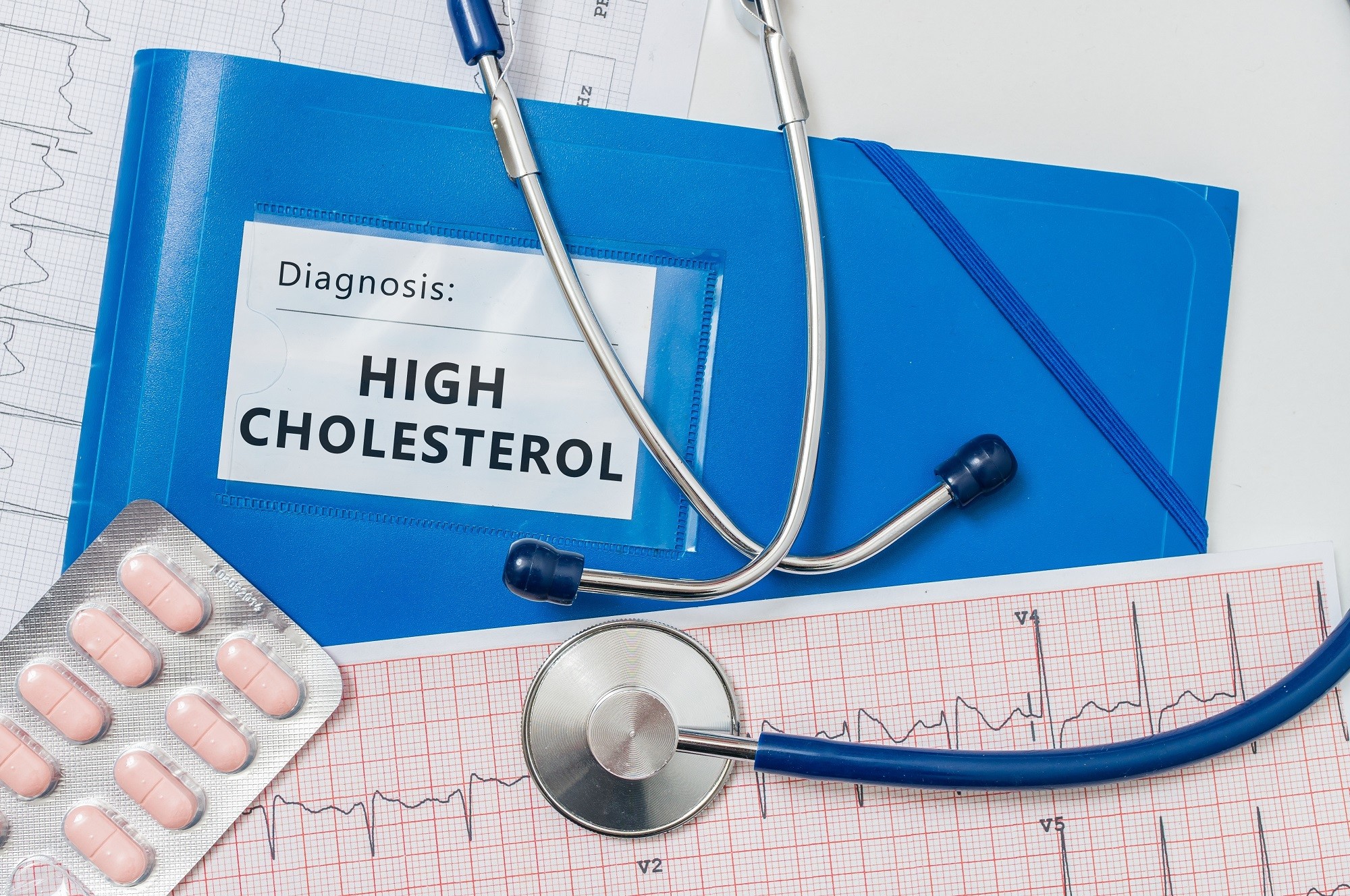Cholesterol disorders are common among many people. Having high cholesterol causes many cardiovascular diseases like atherosclerosis, and stroke. It leads to heart problems and is mostly caused due to genetic reasons.
Many people live with above normal cholesterol levels without realizing it as this condition rarely causes any symptoms. The best way to determine and diagnose high cholesterol levels is by doing a test called lipid profile test.
What is lipid profile test?
A lipid profile test is a blood test that is done by testing the blood sample. It is done to determine the amount of lipids present in the body.
Lipids are fatty and waxy substances that are present in the body in the form of lipoproteins. Though they serve a major role in various metabolic activities of the body, having excess of certain lipoproteins is linked to the risk of cardiovascular diseases and heart problems.
Lipid profile test is done to determine the amount of:
- Total cholesterol
- Low density lipoprotein (LDL)
- High density lipoprotein (HDL)
- Triglycerides
- Very-low density lipoprotein (VLDL)
Typically, a lipid profile test is done by drawing blood after fasting for about 9 to 12 hours. However, a non-fasting test is also performed in some cases.
While LDL is known as bad cholesterol, HDL is the good cholesterol. So, a person with high LDL and low HDL is at a risk of cardiovascular diseases. At the same time, having high triglycerides is a risk factor or many heart problems.
Who should take a lipid profile test?
- People with diabetes. Often, high cholesterol and diabetes occur together
- High blood pressure
- High BMI (obesity)
- Smoking
- Sedentary lifestyle
- People who have a history of heart problems
- History of kidney disease
- PCOS
- Hypothyroidism
Having LDL and triglycerides consistently is a confirmation for the diagnosis of high cholesterol
Cholesterol Range
| Cholesterol | Recommended (mg/dL) | High (mg/dL) | Very high (mg/dL) |
| Total Cholesterol | Less than 200 | 200 to 240 | More than 240 |
| LDL (low-density lipoprotein) | Less than 130 | 130 to 160 | More than 160 |
| HDL (high-density lipoprotein) | Less than 50 | 50 to 35 | Less than 35 |
| Triglycerides | Less than 150 | 150 to 500 | More than 500 |
Apart from having consistently high levels of LDL and triglycerides, the patient’s past medical history, physical examination, and other medical conditions are taken into consideration for confirming the diagnosis of high cholesterol.











